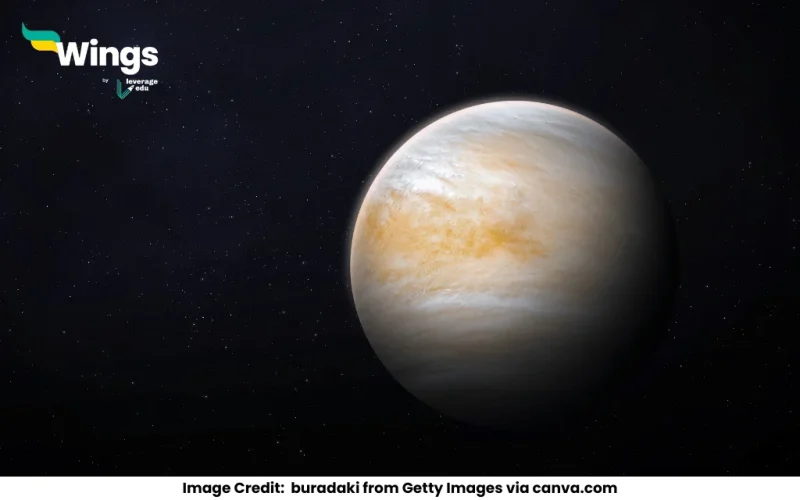On Venus, the Sun rises in the west and sets in the east, the exact opposite of what happens on Earth. This unusual phenomenon occurs due to Venus’s unique rotational characteristics, making it one of the most peculiar planets in our solar system. Let’s dive deeper into why this happens and what makes Venus so different from Earth.
The Backward Rotation of Venus
Unlike most planets in the solar system, Venus rotates in a retrograde direction, meaning it spins backwards compared to Earth and most other planets. While Earth rotates counterclockwise when viewed from above the North Pole, Venus rotates in the opposite direction, making the Sun appear to rise in the west and set in the east.
Why Does Venus Rotate Backward?
Scientists believe Venus’s unusual rotation is the result of massive cosmic events in the past. Theories suggest that Venus might have experienced a colossal impact with an asteroid or another celestial body that altered its spin. Another possibility is that gravitational interactions with the Sun over millions of years caused Venus to slow down and reverse its rotation.
Slow Rotation and Long Days
Another fascinating fact about Venus is that it has an extremely slow rotation. A single day on Venus (one full rotation on its axis) takes about 243 Earth days, which is even longer than its year, which lasts about 225 Earth days. This means that a single sunrise and sunset take a very long time to complete. If you were standing on Venus, you would experience a single day (from sunrise to the next sunrise) that lasts 117 Earth days due to the combination of its slow rotation and orbital movement.
How Does This Affect Venus’s Climate?
Venus has an incredibly thick atmosphere composed mainly of carbon dioxide, with clouds of sulfuric acid. This dense atmosphere causes a runaway greenhouse effect, trapping heat and making Venus the hottest planet in the solar system, with surface temperatures reaching about 475°C (900°F). Due to the slow rotation, one side of Venus faces the Sun for an extended period, but the thick atmosphere helps distribute heat evenly across the planet.
Venus is a truly unique world, and its reversed sunrise and sunset are just one of its many mysteries. Unlike Earth, where the Sun rises in the east and sets in the west, Venus’s retrograde rotation results in a westward sunrise and eastward sunset. This strange characteristic, combined with its extreme climate, makes Venus one of the most intriguing planets in our solar system.
Common Doubts
 60,000+ students trusted us with their dreams. Take the first step today!
60,000+ students trusted us with their dreams. Take the first step today!


 One app for all your study abroad needs
One app for all your study abroad needs










